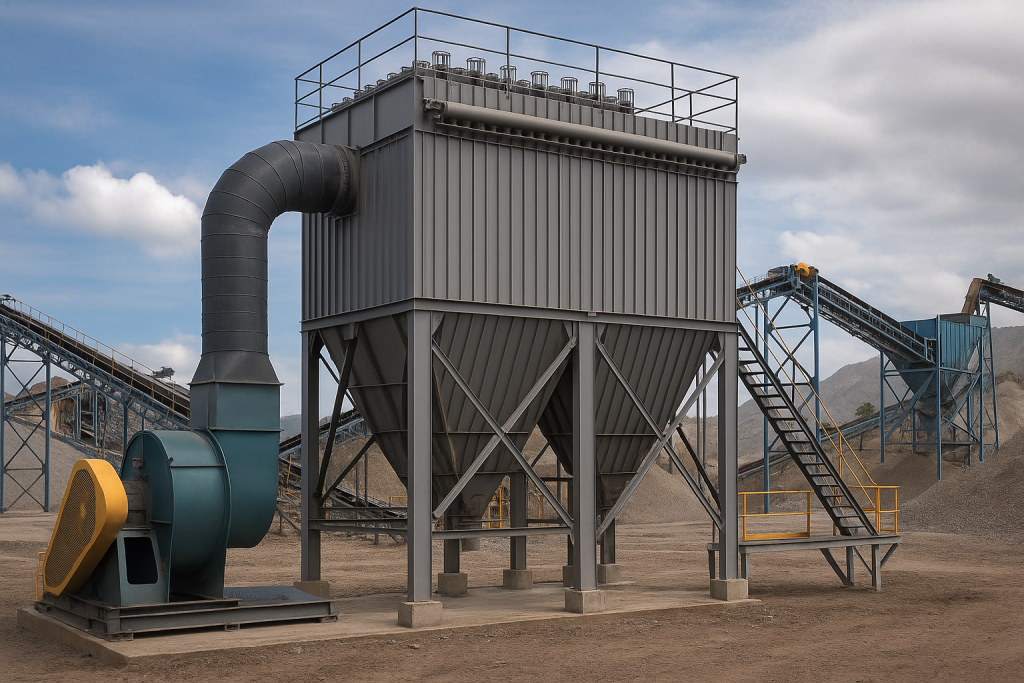By Omela Filtration – Industrial Filtration Experts
Most industrial dust collector systems rely on pulse-jet cleaning to maintain stable airflow and filtration performance. Traditionally, many systems operate using timer-based cleaning, which triggers compressed air pulses at fixed intervals regardless of the filter condition.
While simple, timer-based cleaning often leads to two serious problems:
In industries such as power generation, steel production, cement manufacturing, and chemical processing, operators demand higher filtration efficiency, lower operating costs, and longer service life of baghouse filter bags. This has led to the adoption of clean-on-demand systems, also known as differential pressure (DP) controlled cleaning.
Clean-on-demand uses real-time monitoring of differential pressure across the baghouse filter bags to determine the optimal moment for cleaning.
By contrast, timer-based systems activate pulses every 10–20 seconds whether the filter needs cleaning or not.

| Feature | Timer-Based Cleaning | Clean-on-Demand |
|---|---|---|
| Trigger Method | Fixed time | Based on actual ΔP |
| Compressed Air Consumption | High | 20–45% lower |
| Filter Bag Wear | Faster | Extended lifespan |
| Filtration Efficiency | Fluctuates | Stable and optimized |
| Suitable for Variable Dust Loads | No | Yes |
Clean-on-demand helps maintain a stable dust cake layer on PTFE, PPS, or p84 filter bags, improving filtration efficiency and extending their working life.
Omela Filtration engineers design and retrofit clean-on-demand pulse control systems for new and existing dust collectors.
Advantages of Omela Clean-on-Demand Solutions:
Clean-on-demand systems are particularly effective in processes with fluctuating dust loading, temperature, or moisture:
| Industry | Typical Application |
|---|---|
| Power Plants | Fly ash baghouse systems |
| Steel Mills | Furnace off-gas and fume extraction |
| Cement Plants | Kiln, clinker cooler, silo venting |
| Chemical Plants | Fine powder, corrosive or sticky dust |
In each of these environments, intelligent cleaning helps protect filtration media and maintain consistent air quality.
Understanding the Risk: Dust Explosion Fundamentals Dust explosions represent one of the most serious safety hazards in industrial
Introduction Efficient particulate collection is central to modern industrial air pollution control, making the baghouse a familia
By Omela Filtration — Industrial Filtration Experts 1. Industry Background and the Real Problem In pulse-jet dust collector syst